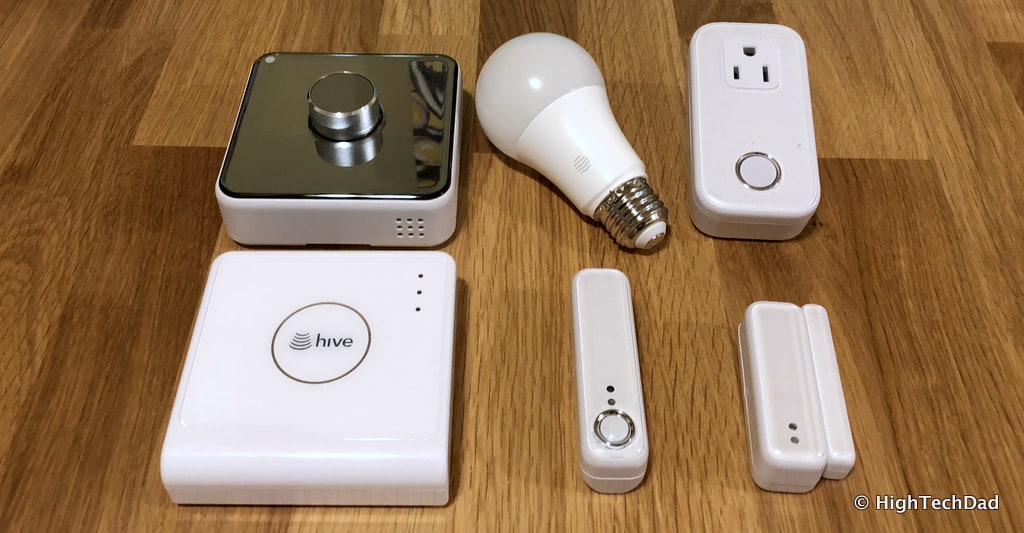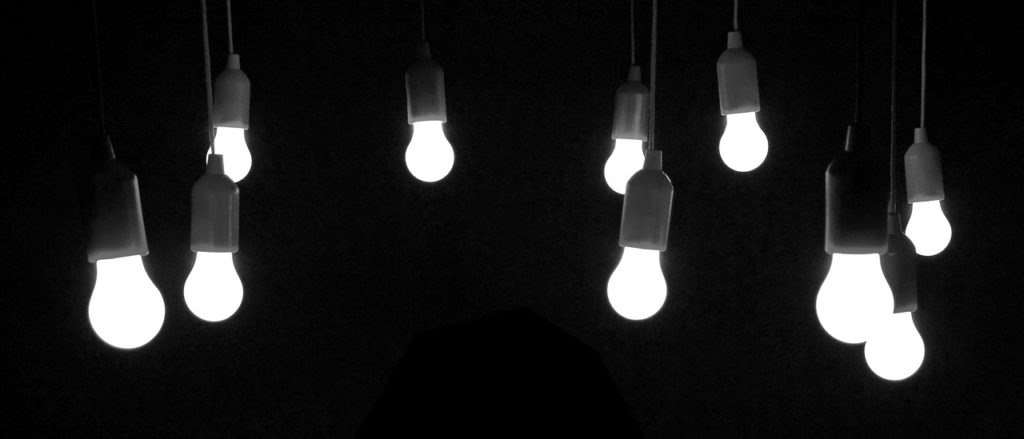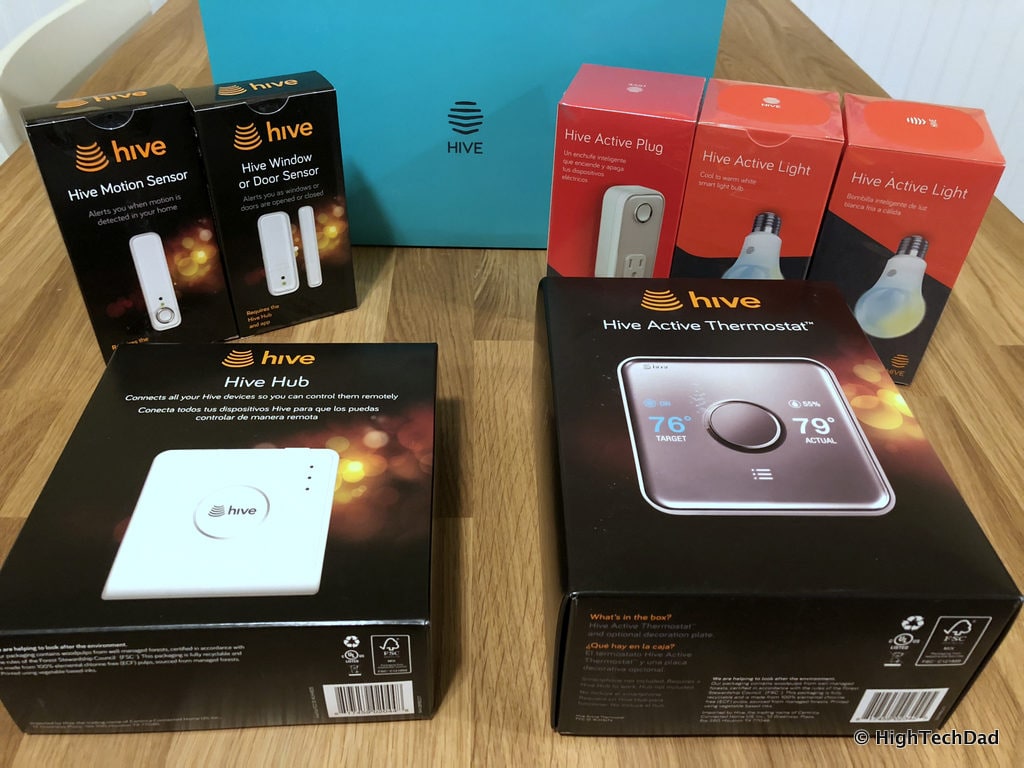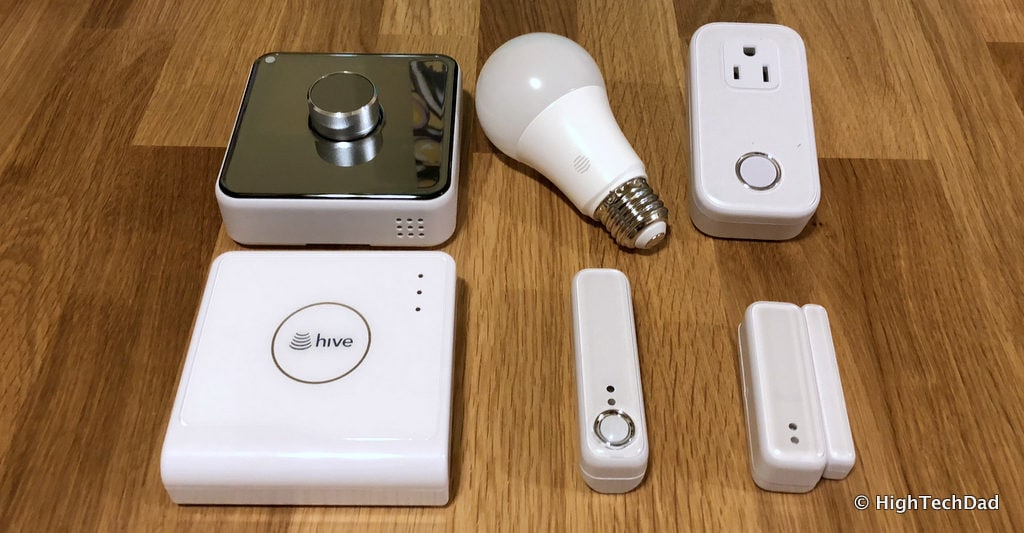At first glance, talking about electronic gadgets to help save energy and save the Earth sounds a bit like an oxymoron. I mean, how can something that consumes power actually save power? Well, there are ways to look at this. Some things will always consume power but what varies is the amount of power they actually consume. In other cases, adding a new energy consumption device that controls and regulates larger power-hungry devices can actually reduce overall energy consumption. And then, of course, there are those devices you add that just consume energy, but in this article, I’m not going to discuss those. Every Earth Day, many people look to do something to help our only home, Planet Earth. And while some people chose very active ways to help, others may do the bare minimum or nothing at all. It depends on your values, your lifestyle, your resources, and your commitment. In the end, however, it is truly important to make the attempt to make a difference. And interestingly, this is what the smart home automation company, Hive, is doing with their partnership with OhmConnect, a California-based software energy management company that allows its subscribers to maximize energy usage in return for cash payment. These two companies are leveraging each other’s services to save the planet, one watt at a time. (*Disclosure below.)
Last year, I decided that I would make the investment in LED light bulbs. I must have purchased 20-30 bulbs to replace all of the old, incandescent bulbs in light fixtures throughout my house. It was a bit of an expense, but when you realize how little energy they actually use coupled with how long they last, the long-term cost savings becomes immediately apparent. This goes to my first example in the previous paragraph. Yes, I will always have the need to turn on a light, but how much power the light bulb consumes can be changed in a downward way – saving energy in the process.
And while I have reduced at least my lightbulb energy-consumption footprint, I do know that life happens, and my kids always seem to leave on the lights. So as part of building out my “smart home,” I decided to make sure that all of the lights that could be smartly controlled, had an automatic off time to prevent them from burning on into the night. If you have connected switches or smart lightbulbs or intelligent lighting scenes, I highly recommend you set up some sort of workflow that allows you to automatically control your lighting to save energy.
Before I go deeper into how using tech can actually help the planet, let’s think a bit about Earth Day and also learn about a day that you might not know about.
Some Facts about Earth Day & Earth Overshoot Day
It’s important to step back for a moment to understand the importance of Earth Day (or as it is known worldwide, International Mother Earth Day). It is currently celebrated in over 190 countries around the globe and is designed to promote biodiversity and the protection of animals, plants, and the environment. It was first celebrated in 1970 and the movement has grown throughout the decades.
It’s critical to not only focus on cleaning the environment but also focus on understanding the undeniable facts that global warming and climate change are indeed happening, and we must make all efforts to reverse the detrimental effects we have been having on our global home.
More than 1 billion people worldwide now participate in some sort of Earth Day activity as we are realizing that we share this fragile planet that we live on. With activities like recycling to energy conservation to water savings to controlling all types of pollution, humankind is attempting to make a difference.
What is truly scary is that there is another day that isn’t really “celebrated” but could be likened to the “evil twin” of Earth Day called Earth Overshoot Day. This day doesn’t have an actual set day but rather the date varies year-to-year. It marks the time when humanity officially consumed more than the planet can produce. And it seems like each year it’s getting closer and closer to the beginning of the year. This is bad.
Earth Overshoot Day started back in 1986 as a means to showcase the day when humans were greedier than what the planet offered. According to Forbes, in the 1980’s, this day landed in November, in the 90’s it was in October, in the 2000’s it was in September, and now it’s in August. There is a scary trend here.
So, coupling these two days is important. We need to move the Overshoot Day further out and this can be achieved by following the activities and best practices common to Earth Day, but we need to do this every day.
How Hive Helps
As I mentioned before, using home automation is a smart way to conserve energy. The easiest of these is controlling lights through some sort of a timer. But there are other ways to do this. Hive has a series of smart home packs to get you down the road of making your home smart (and potentially more energy-efficient).
The current Hive packs all have a hub as that is core to the service. In addition to the Hive Hub, you get different types of smart home functionality:
- Welcome Home Pack – 2 Hive Active Light Bulbs, 1 Hive Motion Sensor, 1 Hive Active Plug, 1 Hive Window/Door sensor, and 1 Hive Active Thermostat
- Starter Pack – 2 Hive Active Light Bulbs, 1 Hive Active Plug, and 2 Hive Window/Door Sensors
- Heating & Cooling Pack – in addition to the Hive Hub (which is in every pack), there is a Hive Active Thermostat
- Close to Home Pack – 1 Hive Active Light Bulb, 1 Hive View Camera, 1 Hive Active Plug, and 1 Hive Window/Door Sensor
You can, of course, add items to any pack that you purchase – things like colored and/or dimmable bulbs, the thermostat, sensors, plugs, cameras, and more.
Let’s take a quick look at the most popular pack, the Welcome Home Pack and figure out some ways to be energy conscious.
For starters, use the 2 LED bulbs to replace any less efficient or older bulbs. These Hive Active Lights are LED and have the ability to not only dim but also adjust to different white light temperatures (cool to warm). No automation here yet. Just a simple swap. But if you are swapping out incandescent bulbs, there’s your energy savings! And even swapping out CFLs or Halogen lights gives you savings or better functionality or both.
Ok, let’s think about efficiency here for a second. If you were to pair up a Hive Motion Sensor with a Hive Active Light, you could be sure to have lights go on only when motion is detected, and then automatically turn off when there is no motion. No need to light up an empty room.
Similarly, with a Hive Window or Door sensor, you could pair this with a Hive Active Plug to turn on a fan or air filter, but only when you come in the door. No need to move air around if there is nobody around. The same can be said with other devices that are smartly controlled by the hub and the plug. If you aren’t using it, turn it off either automatically or manually (remotely) from your smartphone.
And since we are talking about moving air, when you set up the Hive Active Thermostat, you now have the ability to truly control costs of heating and cooling your home. Running air conditioners when nobody is there is like burning money. The electricity costs to running an A/C unit is one of the highest costing activities in any household. Similarly, no need to heat up a home if no-one can enjoy the warmth. And if you have the whole system tied to a Hive Window Sensor, you could automatically turn off the HVAC if a window is opened. No need to heat or cool your garden!
Those are just a couple of examples of how with some simple smart home components, you can start saving the planet, Earth Day or every day.
Giving Back with OhmConnect
Now, let’s shift gears a bit to explore another way energy conservation and keeping the planet a bit more “green” can easily happen in your home. If you are a California, Texas (not entire state) or Toronto, Canada energy consumer (using PG&E, SDG&E, or SCE), you can use the OhmConnect service which is designed to “offset the effects of dirty power plants.” This is done by simply alerting you when you should be conserving energy.
When energy is in peak demand, like when the weather is exceptionally hot and people are running air conditioners, the energy utilities typically have to turn on “dirty power” sources to keep up with demand and avoid a brownout. And here’s where OhmConnect comes into play. Users who sign up for their service are alerted when this demand is high. The users can then have their energy reduced either manually or automatically (more about this automatic process shortly). For those states and/or power-providers where the service works, OhmConnect gets access to a stream of your power meter data. There is a way to opt-in manually where you self-report what you are doing to save energy if your energy provider is not part of this program.
And there is a process of gamification through participation where you earn “tokens” through participation which you can redeem for prizes. If you are directly connected to the energy utility (and the utility approves it), you can actually get paid (yes, real money).
You can learn more about the OhmConnect service on their FAQ section.
Hive + OhmConnect Means Giving Back & Getting Back
With the OhmConnect service, you receive text or email alerts telling you that you should reduce your power, and when you couple OhmConnect with a Hive Active Thermostat, all of the reduction of energy consumption can come automatically. And OhmConnect customers can receive 20% off the Hive Packs that contain the Hive Active Thermostat.
While with the Hive Active Thermostat you can set up schedules and home automation triggers, you can also control the heating and cooling via a smartphone app. So, if you receive an OhmConnect alert, you could immediately (and remotely) turn off your A/C to save some energy (and earn OhmConnect credits in the process).
But, if you opt-in to letting OhmConnect actually remotely control your Hive Active Thermostat during peak power needs, all this is done without any manual intervention. For example, OhmConnect could change the desired temperature from one setting to one that is a few degrees warmer, which would potentially prevent the A/C from kicking in as frequently or for a longer duration than required.
Once you have everything automated (or you just decide to regulate things yourself), you can start saving energy and earning money with Hive + OhmConnect. To learn more and to get started with their service (and get a discounted and compatible Hive Pack), visit here.
And again, this is something that you can do year-round. Just being more conscious of your energy consumption and then taking action to actively reduce that consumption not only will help you save money on energy costs, it can actually earn you some money as a reward. And, on top of that, if more people elect to participate, either via OhmConnect or simply by being more energy-efficient through automation or using devices that aren’t as power-hungry, we could all potentially push Earth Overshoot Day later into the year – which means a bigger celebration on subsequent Earth Days!
Disclosure: This is a sponsored conversation written by me on behalf of Hive. The opinions and text are all mine. I have a material connection because I received a sample of a product and monetary compensation for consideration in preparing to write this content. I was/am not expected to return this item or gift after my review period. All opinions within this article are my own and are typically not subject to the editorial review from any 3rd party. Reader Comment Disclaimer: Comments submitted may be displayed on other websites owned by the sponsoring brand. More information can be found on my About page.
HTD says: This Earth Day, make plans to install some Hive smart products and sign up for OhmConnect to automatically manage your energy consumption during peak energy hours. And while you are at it, set up some amazing home automation with Hive.








